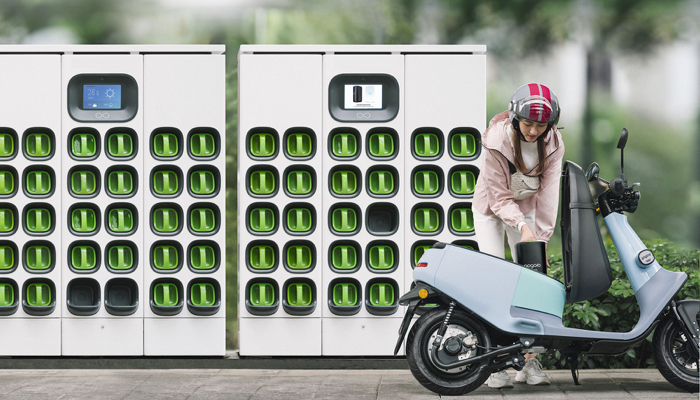Battery Swapping Technology for EV’s, 10 key points to take from first draft of Battery Swapping Policy.

What is Battery Swapping in EV?
Battery swapping involve exchanging of discharged batteries for charged ones and provide method to charge them separately. This reduces the downtime of Electric vehicle on road. It is as equivalent as filling the gas in a vehicle. Currently battery swapping is limited to 2 & 3 Wheel vehicles, yet the research is underway to replicate the same for LMV and Bus.
Battery swapping provides three key benefits compared to the current onboard charging of batteries, time, space, upfront cost. Battery swapping comes under the broader segment of Battery as a Service model where anyone can setup battery swapping station and can rent a battery on subscription basis which can be monthly or yearly, this reduces the upfront cost of electric vehicle by 50-60%
Following key points talks about how battery swapping should be implemented.
- Batteries should have UIN (Unique Identification Number) at manufacturer level to identify batteries and support interoperability and traceability, this way battery performance can be tracked through out the life cycle of the battery.
- Batteries should have same kWh rating.
- Each Battery swapping station will have UIN
- Battery providers must share the battery data with each other to support battery roaming, this will help EV owners to swap battery at any battery swapping station.
- Any one can start the Battery Swapping station with regulatory approval from respective local and state body.
- Dedicated electricity supply should be allocated to carry out such operation at discounted rates.
- Roll out of policy in phased manner will target metropolitan cities with population of 40 million in phase 1.
- All Battery Swapping station should serve at least one vehicle segment (2W/3W)
- Each Battery Swapping station should be compatible with at least 2 OEM’s (Vehicle manufacturers)
- Location of Battery Charging Station and Battery Swapping Station should be accessible to EV owners.